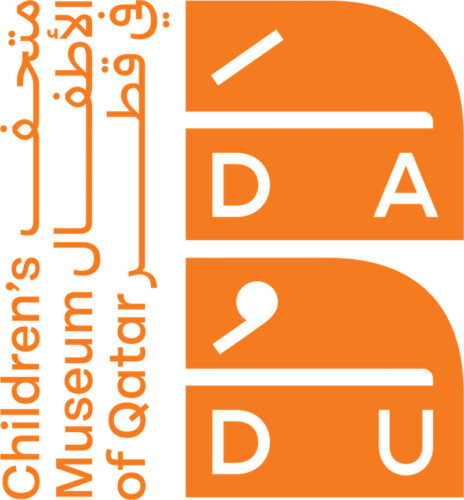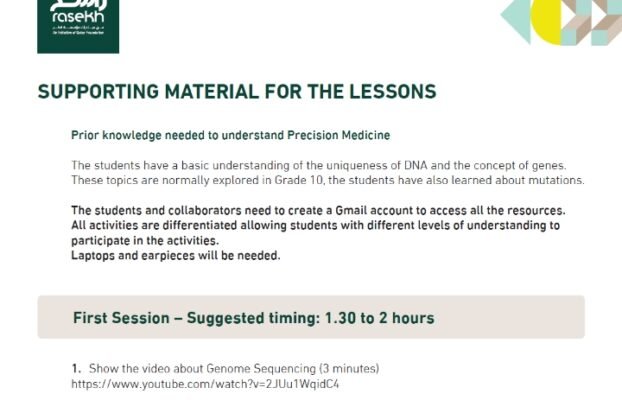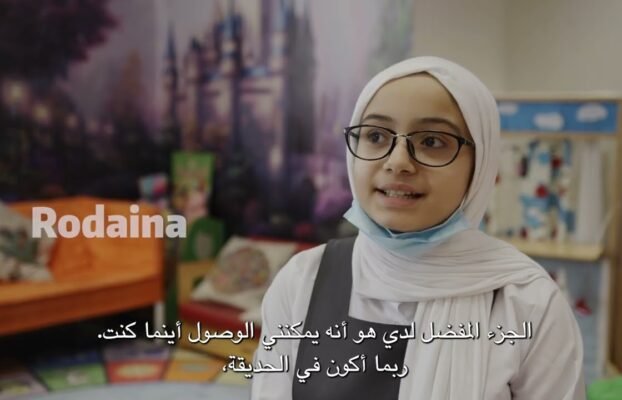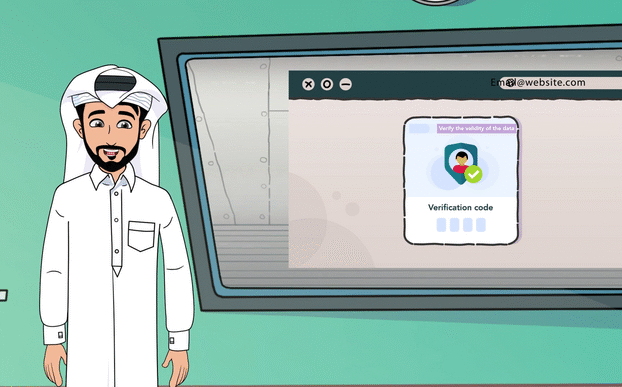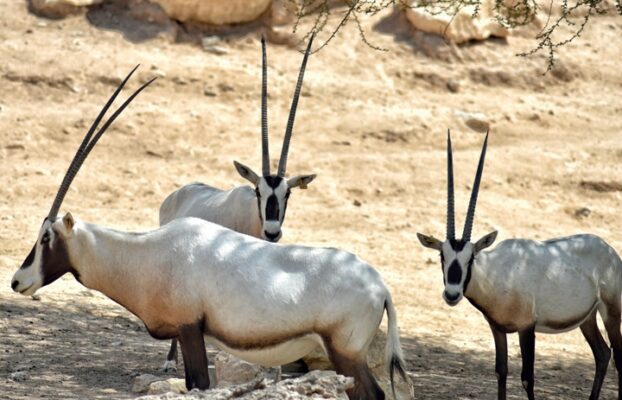Plant Adaptation
Absorption and Adaptation of Plants
-
Sustainability
QNV 2030: Environmental Development
-
Resource Plan
-
SDG 13: Climate Action
-
11 - 12 years
-
Islamic Studies, Language(s), Science, Visual Arts
-
Resource ID: 17670
- Share Feedback Embed Resource
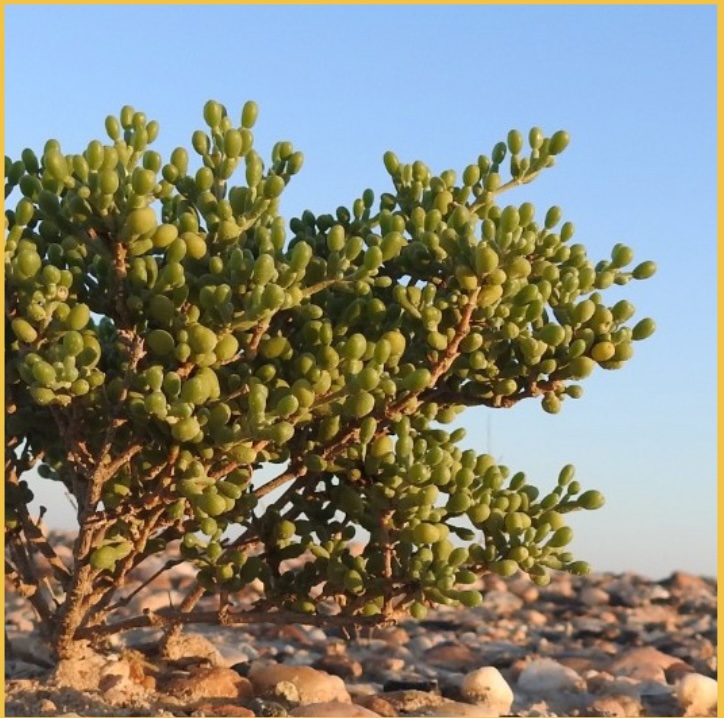
Overarching Goal(s)
- To nurture learners as global citizens who are connected to their own identity.
- To equip learners with the knowledge, skills, motivation and understanding to demonstrate the importance of Glocalization as a sustainable model for learning.
- To inspire students to act sustainably from both local and global perspectives.
Learning Outcomes
- Learners analyze and interpret the diversity of opinions, and ideas relating to glocalization within both local and global contextual and conceptual frameworks.
- Learners develop lifelong skills which support their sustainable actions.
- Learners reflect on the impact of their actions and demonstrate their understanding of the action as related to sustainability.
Possible Duration (Hours)
8-9 hours
Qatar National Vision 2030 Connection
Qatar National Vision 2030: The students will understand how the environmental development pillar applies to maintaining plants.
English: https://www.gco.gov.qa/en/about-qatar/national-vision2030/
Arabic: https://www.gco.gov.qa/ar/about-qatar/national-vision2030/
Source: Government Communications Office (2023). Qatar National Vision 2030. [online] Government Communications Office. Available at: https://www.gco.gov.qa/en/about-qatar/national-vision2030/
Sustainable Development Goals (SDGs) Connection
SDG 13: Climate action: The lesson provides opportunity for the students to connect with preserving and taking care of plants especially in countries with different climates that need adaptations for sustainability and preservation.
The 17 Sustainable Development Goals, United Nations
English: https://sdgs.un.org/goals
Arabic: https://sdgs.un.org/ar/goals
Source: United Nations (2024). The 17 Sustainable Development Goals. [online] United Nations. Available at: https://sdgs.un.org/goals
Action Learning Outcomes
- Learners become more aware of their own strengths and areas for growth.
- Learners undertake challenges that develop new skills.
- Learners persevere in action.
- Learners work collaboratively with others.
- Learners consider the ethical implications of their actions.
Content
The content of the lesson tool revolves around identifying and understanding how plants absorb water and the impact on different climates that plants need taking care of and preserving their sustainability, their cultural, Islamic, and heritage connections and environmental awareness.
Resource Utilization and Identification: Dadu (Children’s Museum of Qatar)
Subject Matter: Develop scientific skills and process to carry out an experiment to observe water absorption in plants. Students will learn about the adaptation of plants of the Qatari desert.
Glocalization Connections: Connect the need to take care of plants, preserve plants and raise environmental awareness.
Differentiation: Mixed ability.
Critical Thinking: Encourage students to analyze scientific terminology, and think about plant’s Islamic, heritage and cultural connections.
Real-world Application: Discuss and explain how to raise environmental awareness about appreciating the amount of water needed for plants and their adaptation in desert environments. Opportunities for students to connect in preserving and sustaining plants with their local community, friends and family.
Strategies
The strategies employed in this lesson tool are designed to foster analyzing, critical thinking, inquiry, collaboration, and innovative engagement. They include visible thinking routines, responsive pedagogy, and problem-solving approaches to adapt to students’ needs and encourage active participation. Students apply meaningful learning experiences and understanding of how plants absorb water through a science experiment, and develop scientific skills. In addition, they appreciate the adaptation of plants in different climates.
Responsive and Adaptive Pedagogy: Adjust the pace and level of guidance based on student responses and engagement.
Visible Thinking Routines: Implement the “Connect-Extend-Challenge” visible routine to stimulate critical thinking and discussion. Encourage students to utilize what they already know, and what they want to find out more about; to extend their knowledge to learn new information.
Inquiry: Encourage students to inquire about plants that they want to know more about and their connections or references with local culture, Islam, and Qatar’s heritage.
Collaboration: Facilitate a class discussion forum where students can share and compare their perceptions, promoting collaboration and the exchange of diverse perspectives.
Assessment for and as Learning: Use formative assessments for their quiz, and research findings.
Problem-Solving: Ask students to take beneficial measures to care for plants, and their sustainability around their school, community and nation.
Learning Experiences
Learning Engagement 1: Understanding how plants absorb water.
Learning Objective: To understand the scientific process of how plants absorb water.
Introduction and context setting
Students will use the ‘Connect-Extend-Challenge’ visible routine in their notebooks. This visible routine helps students to draw connections between new ideas and prior knowledge.
Connect – What do you already know about plants? What do plants need to grow into healthy plants?
Extend – What is the process of plants growing into healthy plants? Would an environment affect the growth of healthy plants? Explain your answer.
Challenge – What are you curious to know? What is puzzling you? Would you find the same plants in all countries?
Activity
Instructions for teachers
Resource 1: How Do Plants Absorb Water Activity Booklet – Dadu’s (Children’s Museum of Qatar) Resource – https://rasekh.qa/wp-content/uploads/2024/03/how-do-plants-absorb-water-activity-booklet-dadu.pdf
The teacher will explain to the students that they will be scientists, working in pairs to carry out an experiment to learn how plants absorb water over three days, and will follow the scientific process to record their hypothesis by making their prediction, observe and record their observations, and explain the scientific conclusion.
The teacher will ensure that each group of students has the materials to carry out the experiment:
- 3 romaine lettuce leaves as these are long, or 3 cabbage leaves
- Three different colors of food coloring
- Safe scissors to trim the end of the plants
- 3 transparent jars
- A plastic jug of clean water
- Three labels for the students to write their full names on each jar. The teacher could also give each pair a number to add to their labels to help identify their jars easily.
The teacher will print page 5 for each pair and enough copies of page 9 or 10 for each student in advance from the resource 1 activity booklet. The teacher will provide page 5 to each pair, and the differentiated Scientific Observation sheets according to the students’ ability. The teacher will provide each student a Scientific Observation sheet (either page 9 or 10).
Page 8 does not demonstrate scientific observations over three days, and it is recommended to use the sheets on page 9.
Students who need extra support can pair up with a developing student, and they can record their observations on page 9. Page 9 is to be provided to lower and middle ability students/ developing students. Page 10 is to be provided for higher ability/ mastering students.
Student Instructions
The students will be instructed to read the instructions carefully between them. They will read and understand the information they need to record on their Scientific Observation Sheet.
Before starting the experiment, students will begin by recording their prediction of what they think will happen before they start the experiment.
Then the students will be prompted to follow the scientific instructions carefully. The students will be asked to keep their Scientific Observation sheets in a safe place, preferably glued in their science/notebooks as they will record their observations over the next few days.
The students will carefully place their jars in the designated area in the classroom that the teacher has arranged where students can easily access over the next few days. The next day students will join with their partner and record their observations on their Scientific Observation Sheet. They will repeat this on the following day, and the third day. On the third day, students will write their conclusion using scientific terminology on what they predict would happen and what happened, checking against their hypothesis and results and observations.
Plenary/Reflection
On day 1: The students will share their hypothesis with the rest of the class after placing their jars safely in the designated areas.
After day 3, students will share their results and conclusion with their peers.
Peer reflection
Each pair of students will join with another pair of students to discuss their results and conclusion. This process promotes collaboration, discussions, sharing perceptions and develops critical thinking.
Student friendly questions
Were you surprised about your results?
What was something you found interesting when carrying out the experiment?
Did putting too much or too little water affect your results? Explain your answer.
What is something you might do differently if you repeated this experiment?
What makes this a fair scientific test?
What is something you would like to know more about?
The teacher will explain to the students that plants need water to transport nutrients from the soil, and make their own food through photosynthesis so that the plants can grow healthy. Too much water and too little water can hinder growth.
Explain to the students and emphasize this scientific process is called osmosis. Transpiration pull is the process of the water moving through the plant and its evaporation from its stems, leaves, and flowers.
Learning Engagement 2: Adaptation of plants in Qatar
Learning Objective: To identify plants in Qatar that adapt in the desert environment
Resource 2: https://rasekh.qa/wp-content/uploads/2024/04/Resource-3_-Plants-and-Biomes.pdf
Activity 1: Identify the plants and their biome.
Students will be provided with resource 2, the images of different plants adapting in different environments. The students will work in pairs to select the biome that each plant will be found in tundra, desert, aquatic, grassland, or forest.
Activity 2:
To identify the plants in Qatar and how they adapt in the desert environment.
Each pair of students will be provided page 12 and 13 from resource 1. In small groups, they will read and learn how these different plants adapt in the desert environmental conditions. They will choose one of these plants, or another plant that adapts to Qatar’s environment, and will research to find more information about the plant.
The students will collate their findings to create either a creative informative poster or video to explain its location, and how it adapts and survives in the desert environment and their cultural significance. In addition, they will explain the process of how the plant absorbs water from what they learned using scientific terminology.
Reflection/presentation
The students will present their posters/videos to the rest of the class and arrange with their teacher to share their learning with other classes.
Action
The students will be encouraged to share their learned knowledge about some of these plants and raise environmental awareness with their local community and family to sustain the growth of plants and their cultural significance. Students can make a pledge on how they will take care of plants around them. For example, by ensuring the plants in the home receive the right amount of water and care.
Checking for Understanding
Learning Engagement 1: Understanding how plants absorb water.
Activity
Check the students’ connections in understanding of photosynthesis, transpiration and absorption of water.
Learning Engagement 2: Adaptation of plants in Qatar
The students’ video or informational poster clearly explains how their chosen plant adapts to the desert environment in Qatar, and demonstrates the scientific process of how the plant absorbs water. The presentation style and content will depend on the students’ creativity and ability. Middle and higher ability students will be encouraged to include detailed descriptions and illustrations.
Differentiation
Mixed ability.
Key Vocabulary
absorption, adaptation, aquatic, biomes, osmosis, photosynthesis, plants, transpiration, tundra
Resources
Resource 1: How Do Plants Absorb Water Activity Booklet – Dadu’s (Children’s Museum of Qatar) Resource – https://rasekh.qa/wp-content/uploads/2024/03/how-do-plants-absorb-water-activity-booklet-dadu.pdf
Resource 2 – Plants and Biomes – https://rasekh.qa/wp-content/uploads/2024/04/Resource-3_-Plants-and-Biomes.pdf
Resource Publisher
DADU (Children’s Museum of Qatar)
Every child deserves the opportunity to develop and fulfil their individual potential. Dadu, Children’s Museum of Qatar provides cutting-edge child development surroundings and resources to help children and their families thrive.
